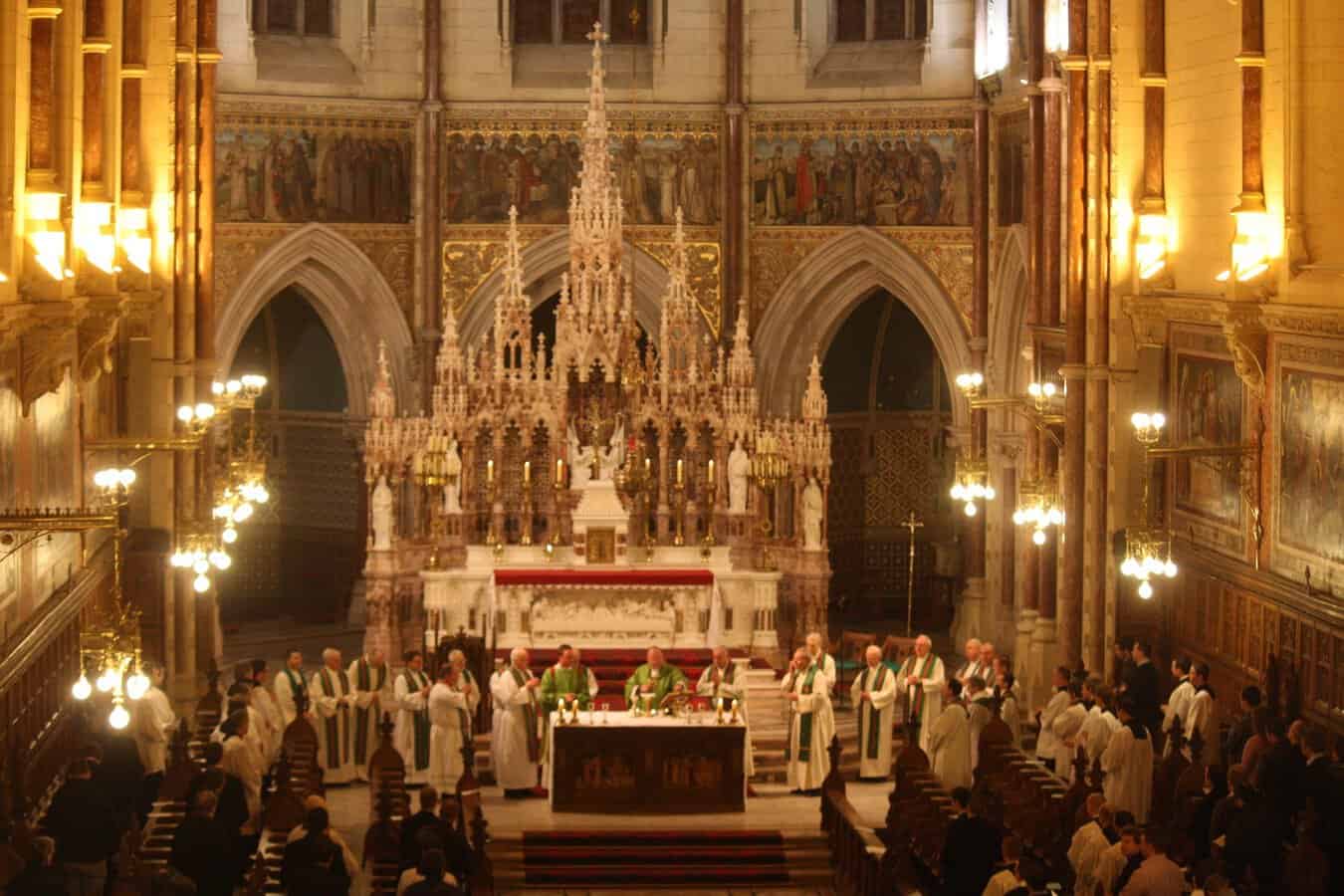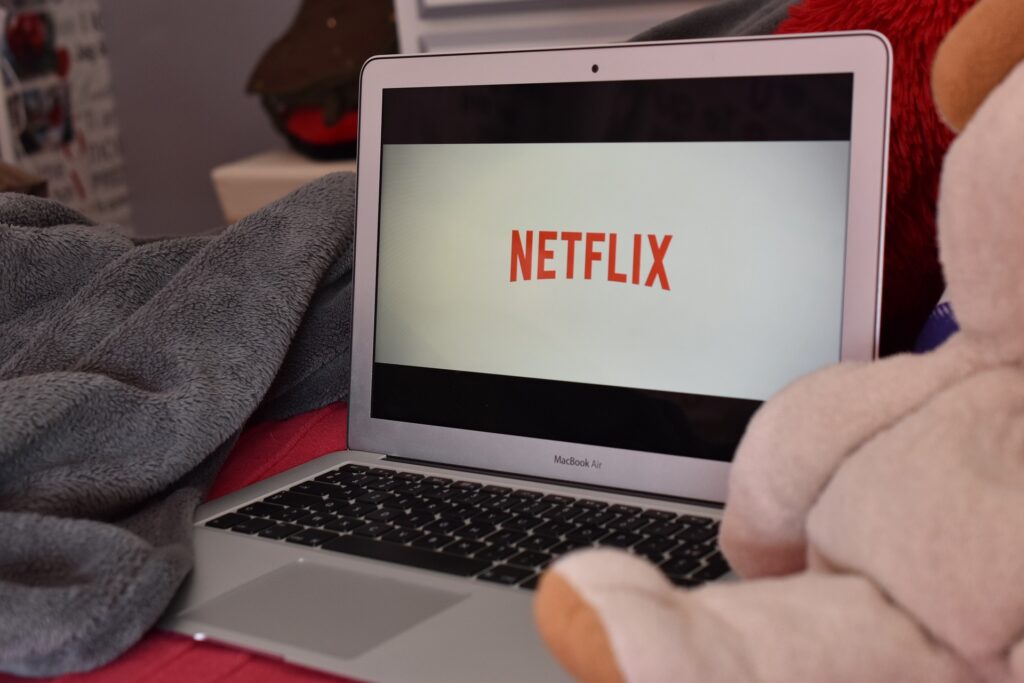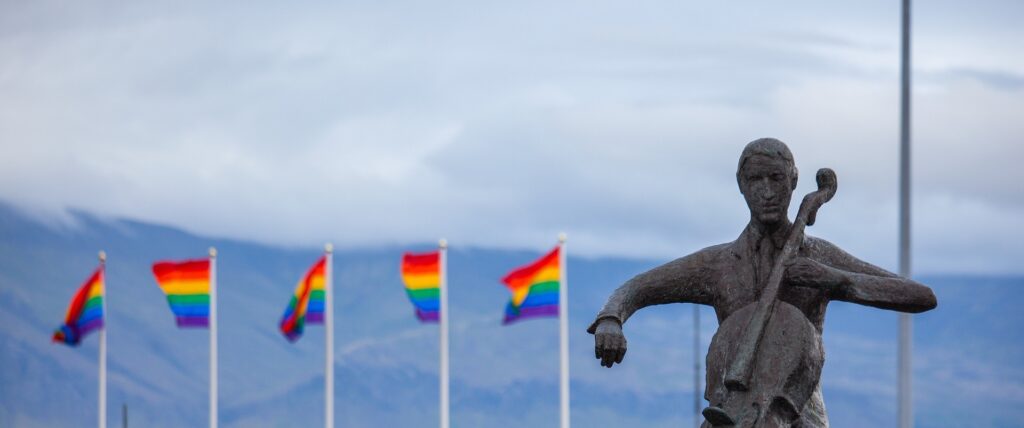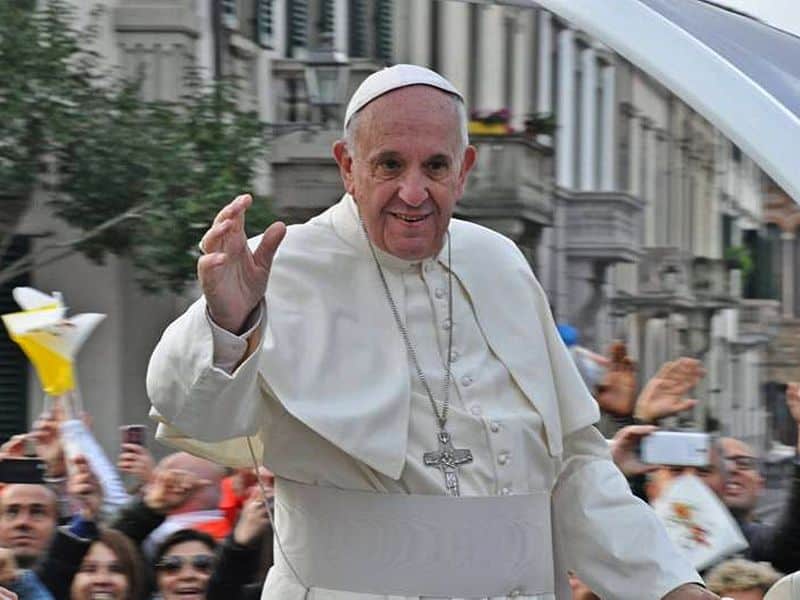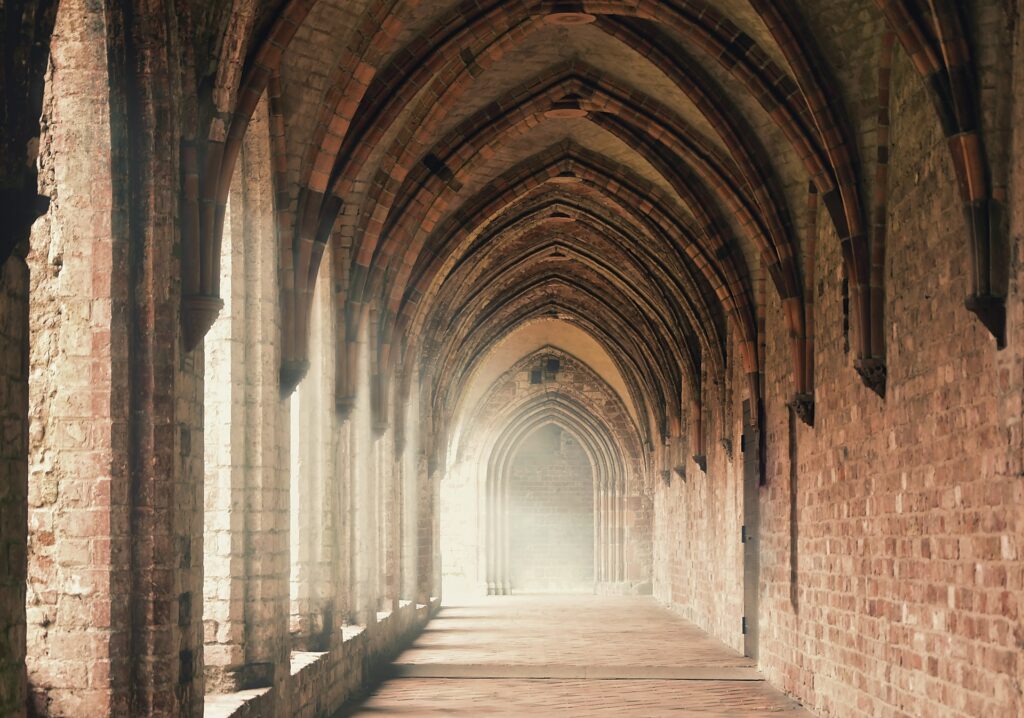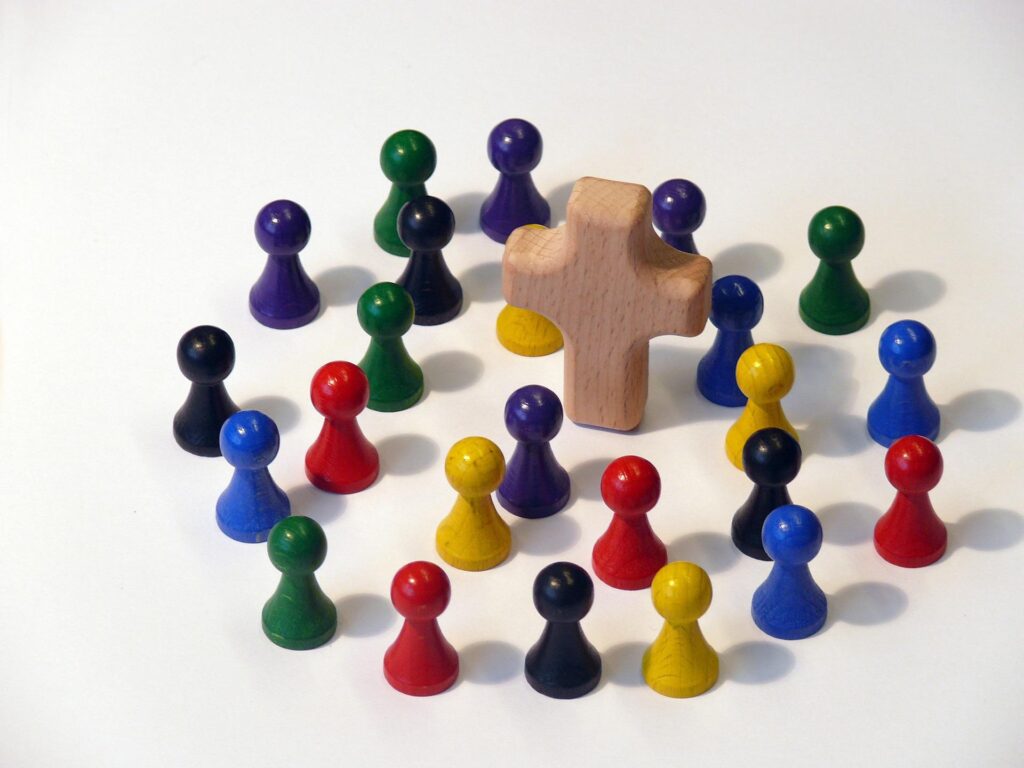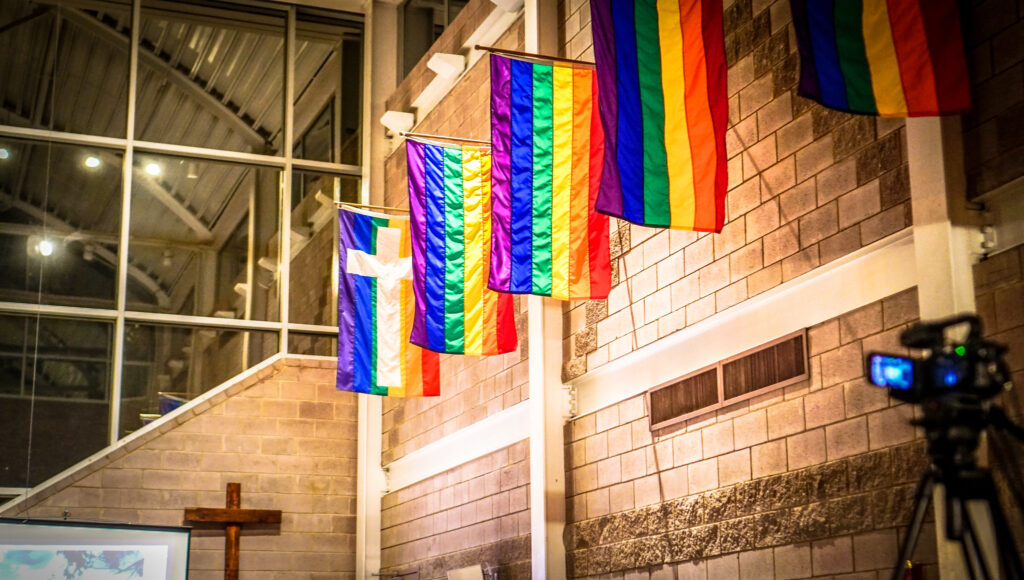Key Points:
- The U.S. Catholic Church is experiencing a significant shift towards conservatism among younger Catholics and clergy, contrasting with the modernizing influences of Vatican II.
- This movement emphasizes traditional practices like Latin Masses and strict adherence to doctrine, reflecting a broader search for orthodoxy amid declining church attendance.
- Despite the prominence of these conservative elements, they remain a minority within the broader Catholic community, which still includes liberal and moderate factions.
The U.S. Catholic Church is undergoing a notable transformation, influenced by a decrease in overall church attendance and a new generation of Catholics and clergy who lean towards conservatism.
This shift is particularly evident among younger priests and parishioners who are moving away from the liberal, socially-oriented Christianity that emerged in the aftermath of Vatican II during the 1960s and 1970s. These individuals often seek a return to more traditional forms of worship and strict adherence to church doctrines, which include an increase in practices such as Latin Masses, frequent confession, and observance of traditional liturgical dress.
The trend is not uniform, however. Many parishes continue to uphold moderate or liberal practices, and the overall influence of conservative Catholics, while growing, does not represent the majority. The movement has caused tension within some parishes, particularly as newer, more orthodox priests take leadership roles, sometimes leading to conflicts within congregations that reflect wider cultural and generational divides.
AP News reports:
Across the U.S., the Catholic Church is undergoing an immense shift. Generations of Catholics who embraced the modernizing tide sparked in the 1960s by Vatican II are increasingly giving way to religious conservatives who believe the church has been twisted by change, with the promise of eternal salvation replaced by guitar Masses, parish food pantries and casual indifference to church doctrine.
The shift, molded by plummeting church attendance, increasingly traditional priests and growing numbers of young Catholics searching for more orthodoxy, has reshaped parishes across the country, leaving them sometimes at odds with Pope Francis and much of the Catholic world.
The changes are not happening everywhere. There are still plenty of liberal parishes, plenty that see themselves as middle-of-the-road. Despite their growing influence, conservative Catholics remain a minority.
| Themes | Pros | Cons |
|---|---|---|
| Church Orthodoxy | Reinforces traditional values and practices, appealing to those seeking familiar structure. | May alienate members who favor modern, inclusive approaches. |
| Clergy Dynamics | Younger, conservative priests are invigorating some parishes with new energy and direction. | Potential for generational and ideological conflicts within congregations. |
| Cultural Relevance | Traditionalist approach may attract those feeling lost in modern secular society. | Risks becoming out of touch with broader societal changes and needs. |
Questions to Consider:
- How might the shift towards conservatism within the U.S. Catholic Church impact its role and influence in broader societal issues?
- What are the potential long-term effects of this growing divide between conservative and liberal factions within the Church?
- In what ways can the Church reconcile these internal differences to maintain unity among its diverse followers?

